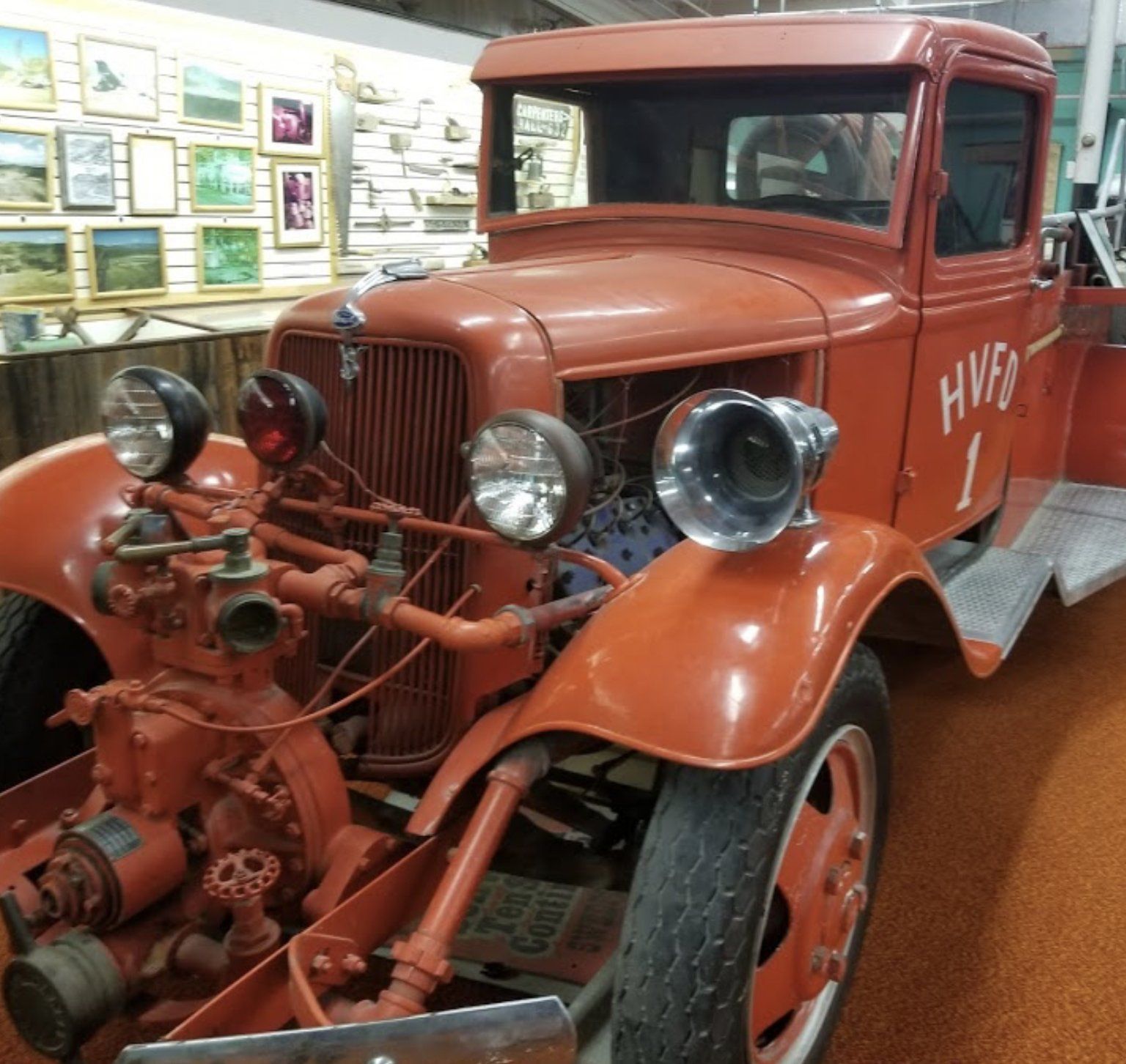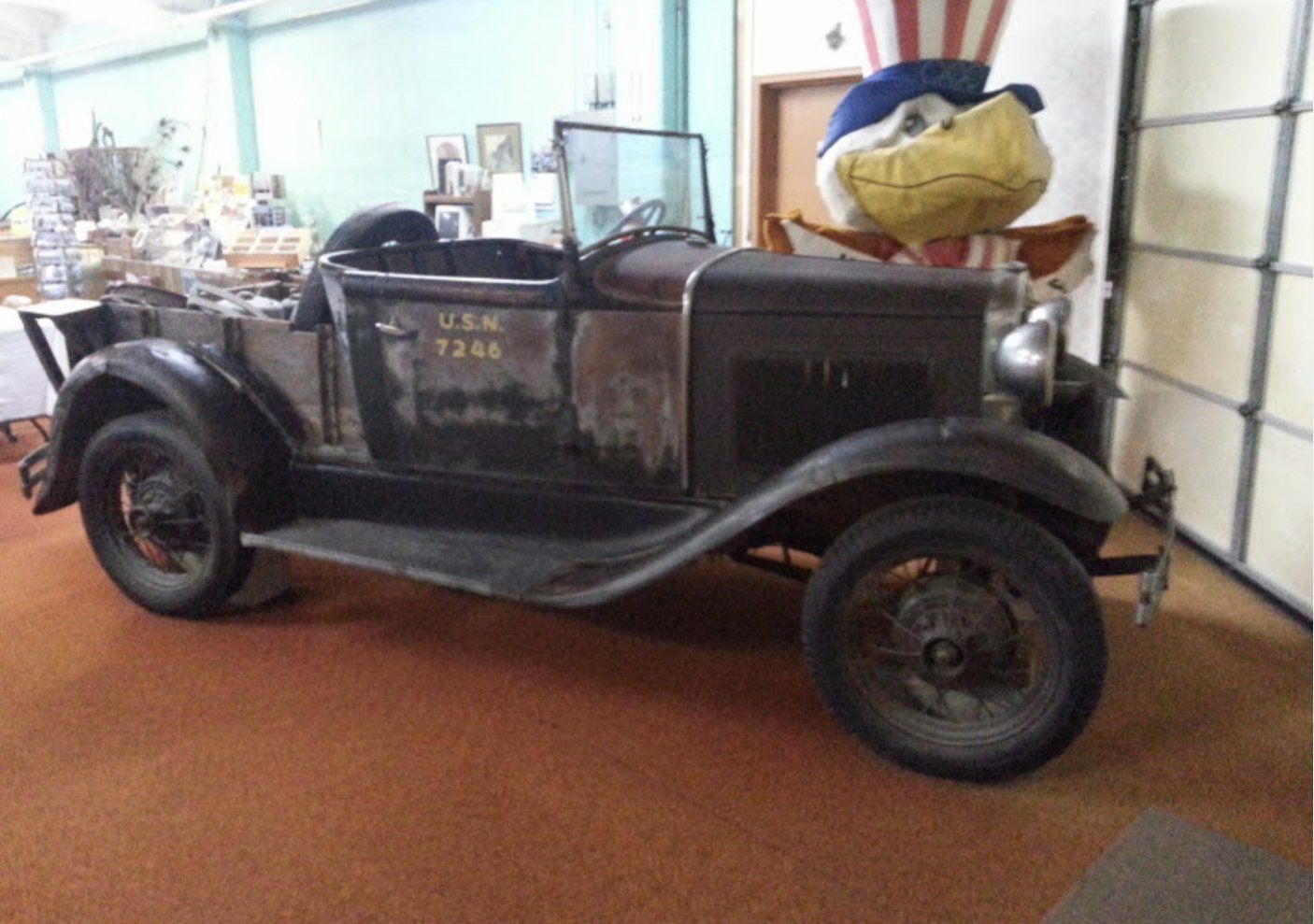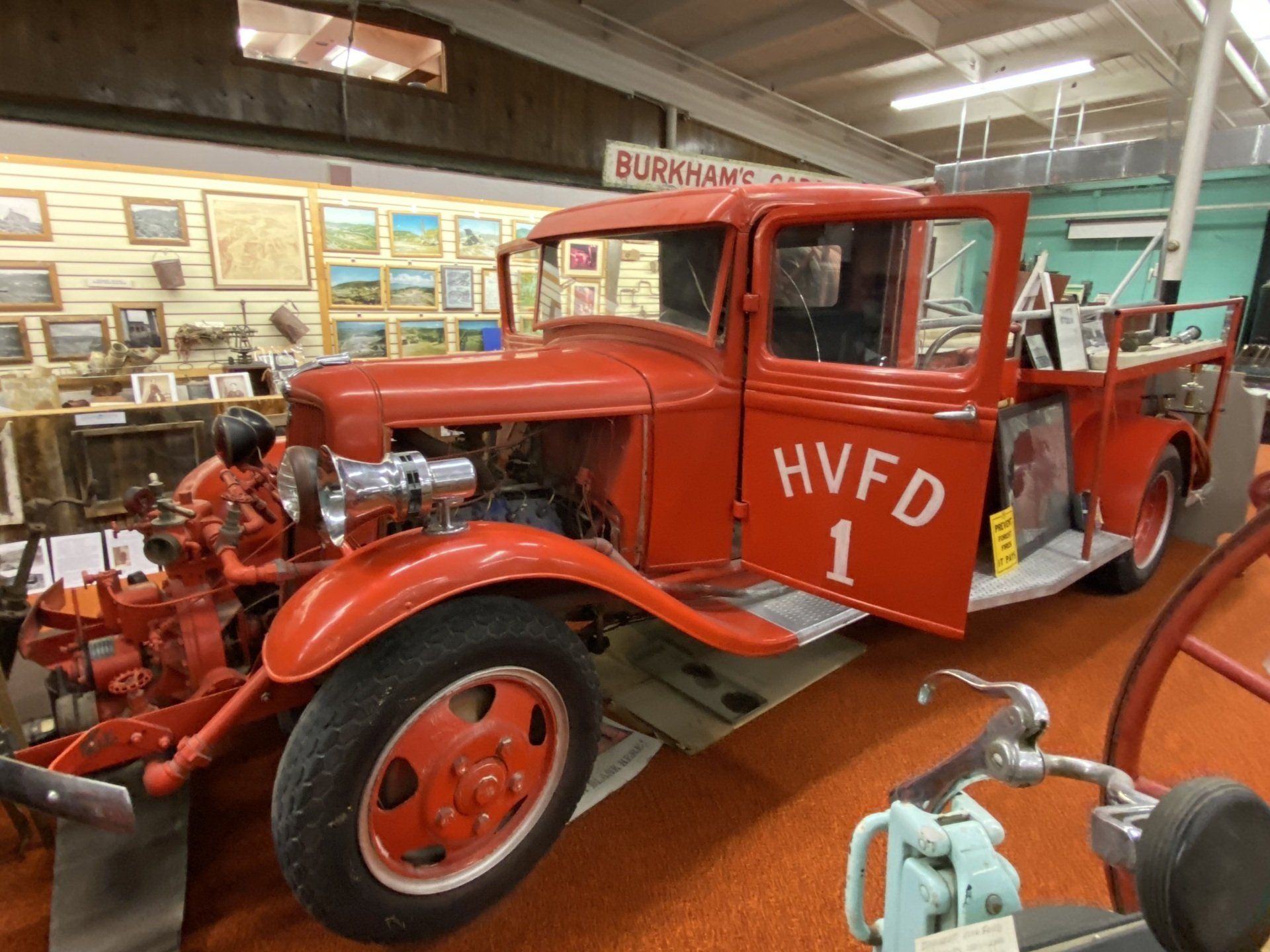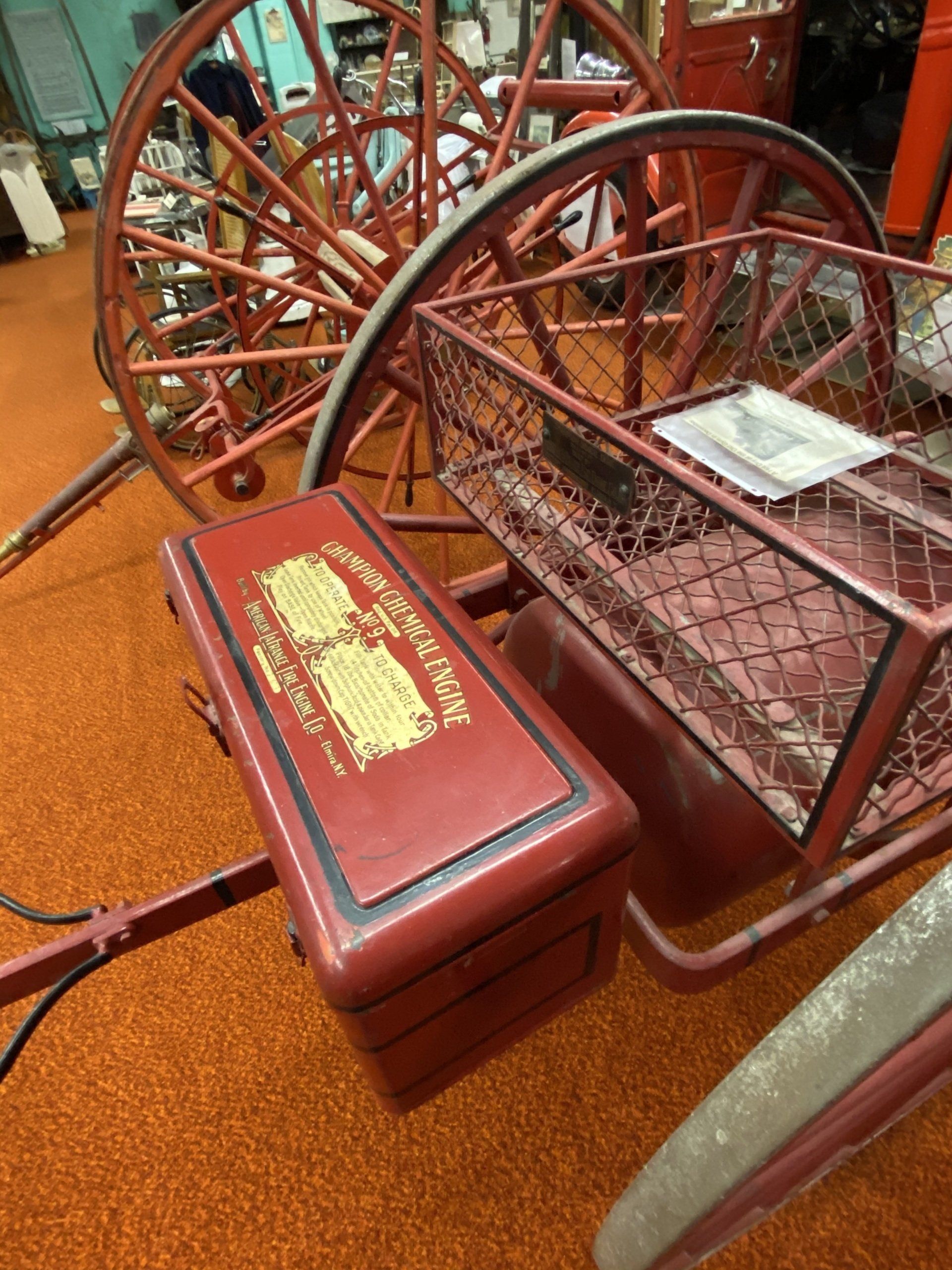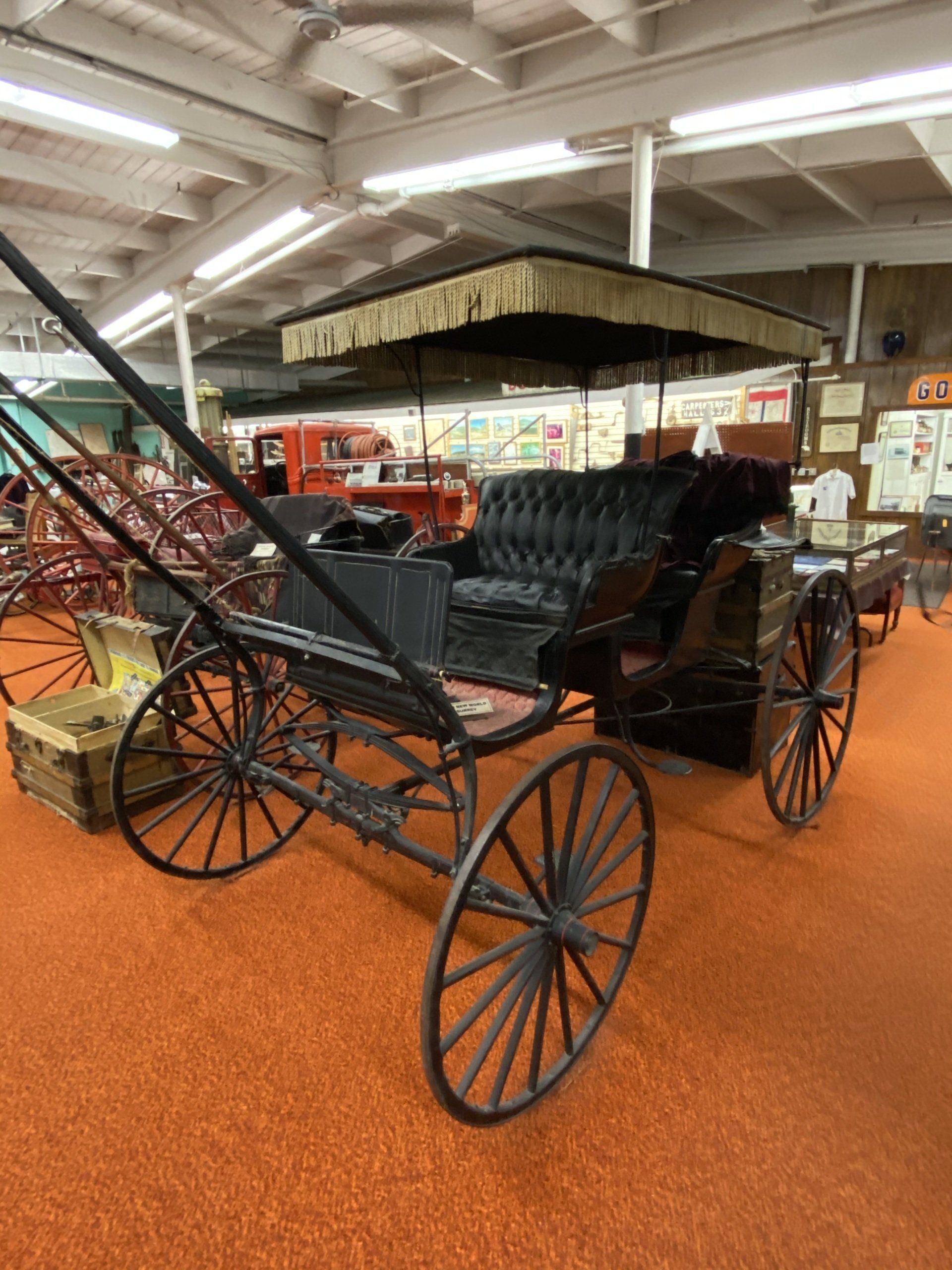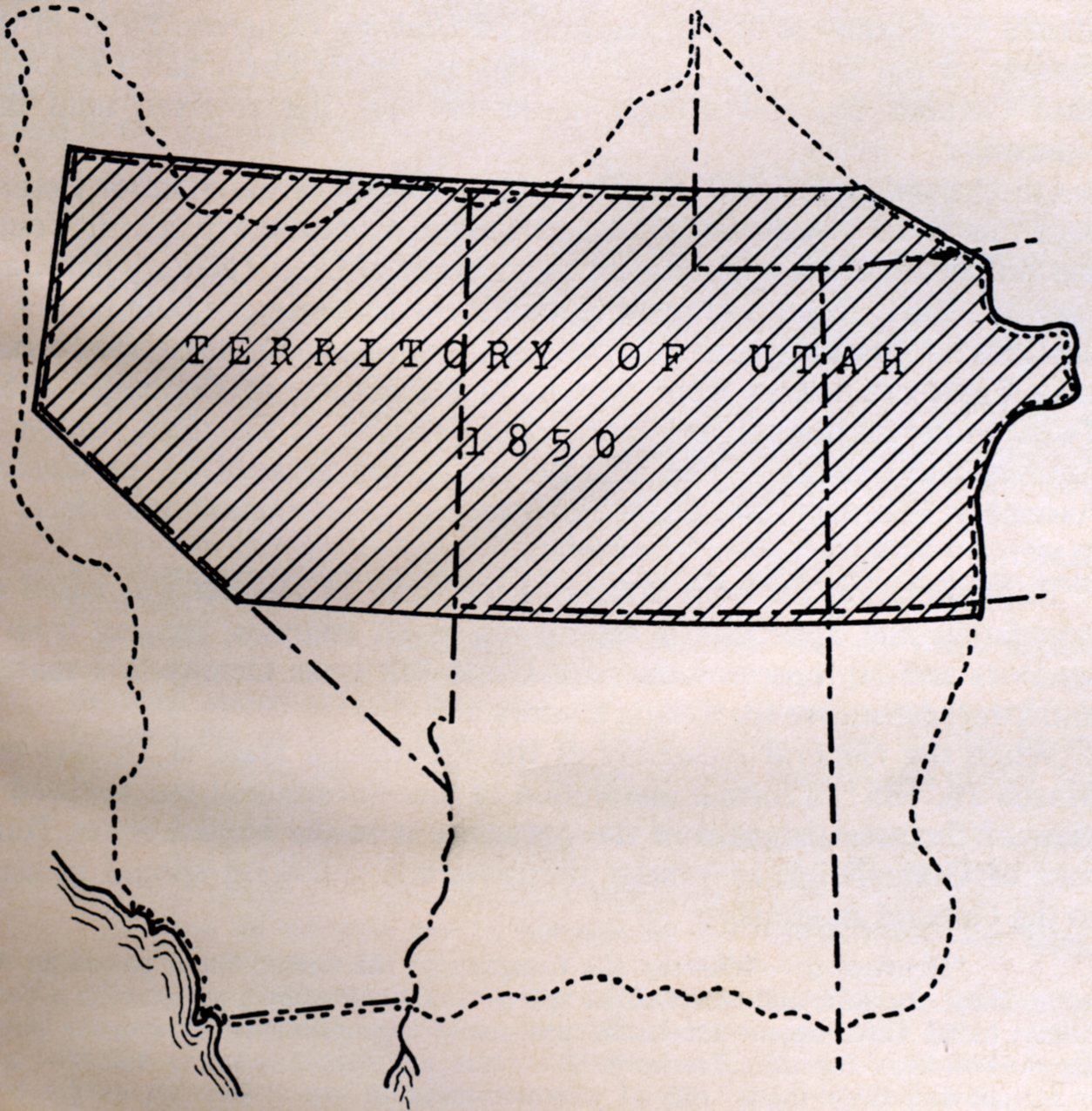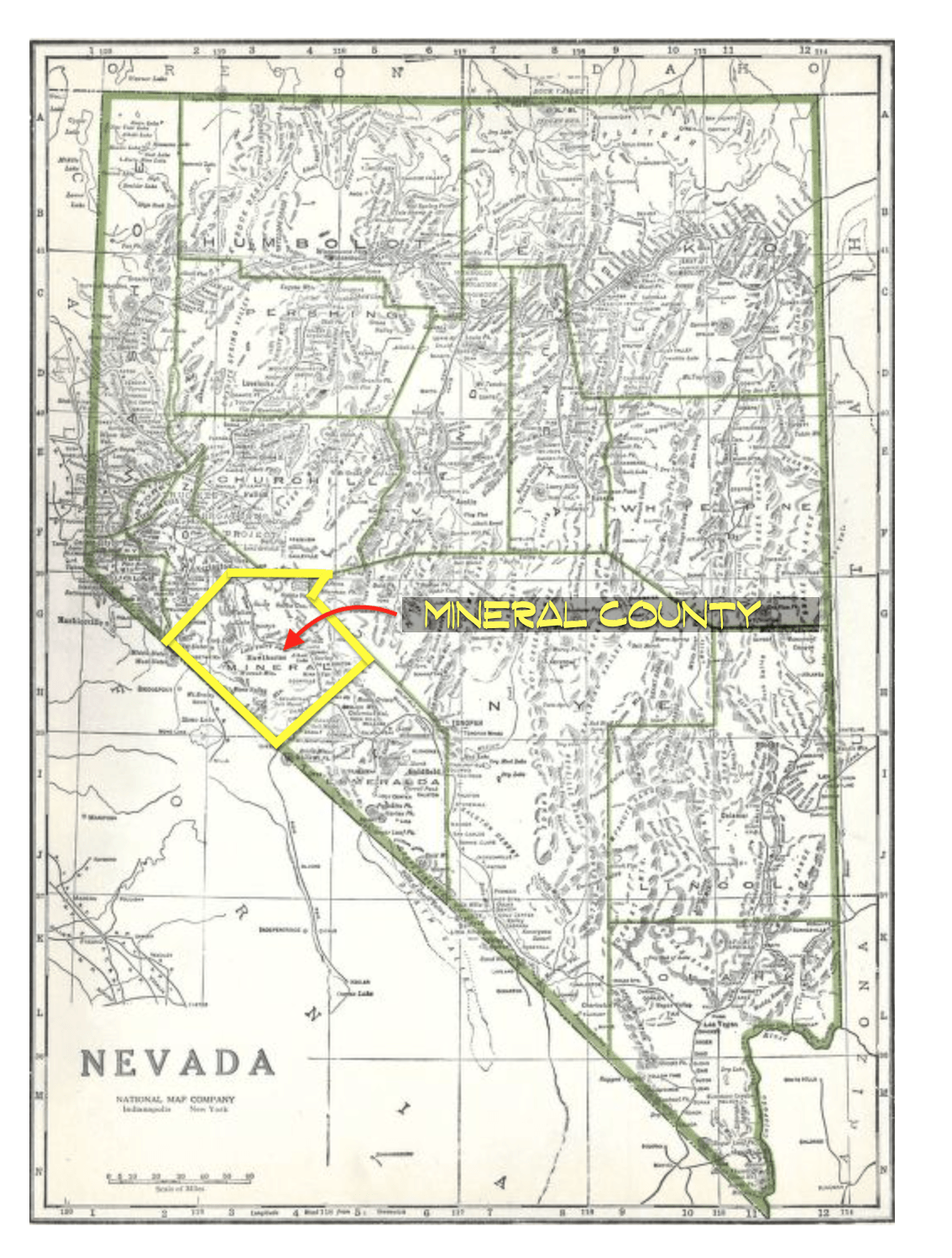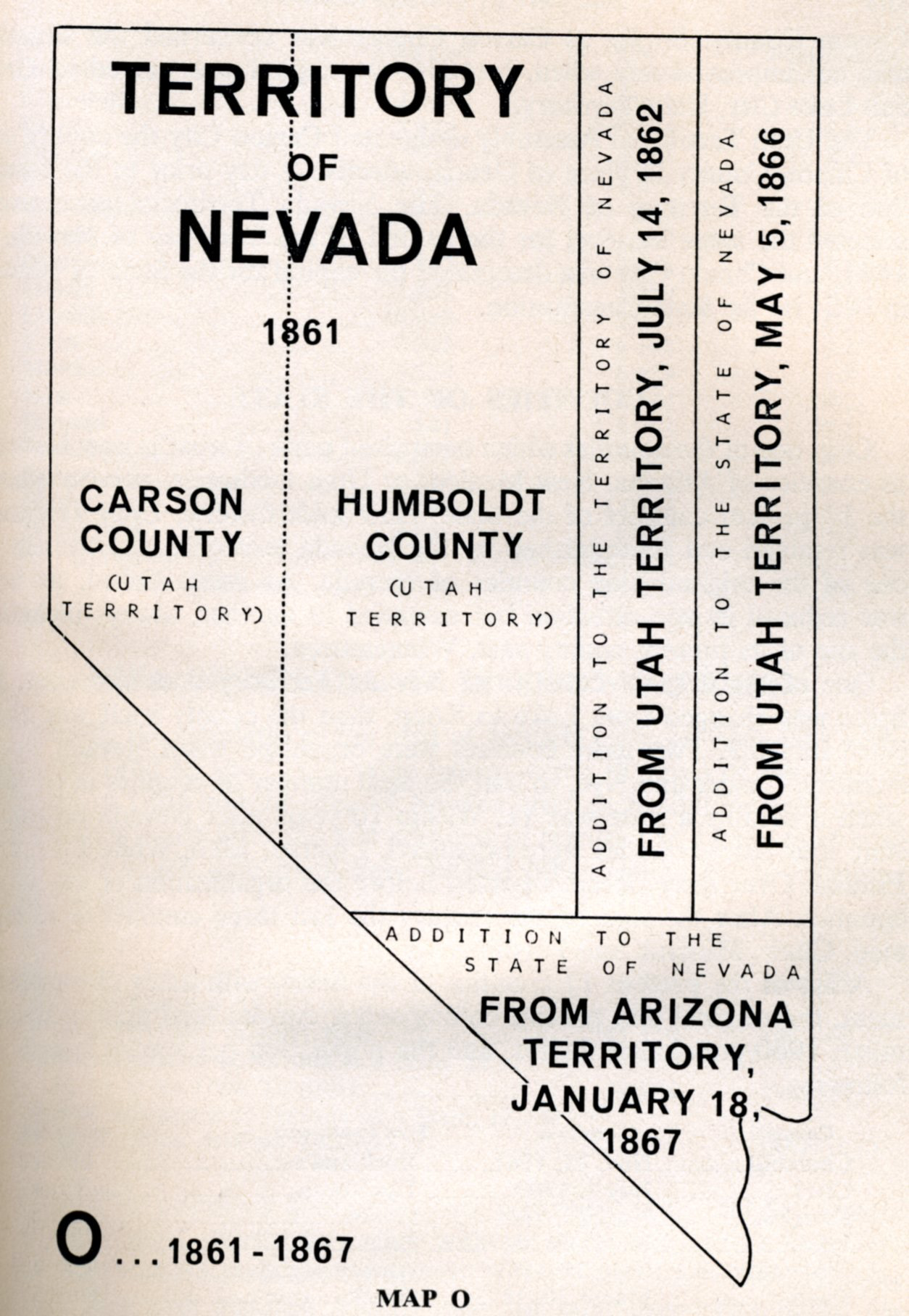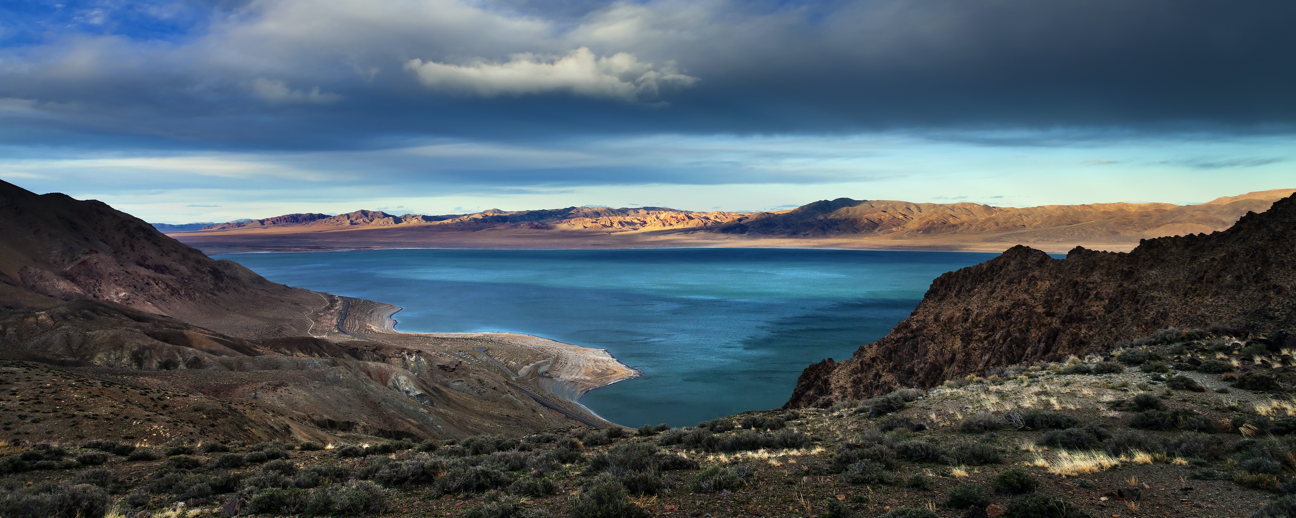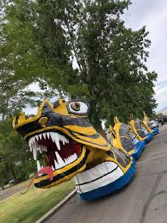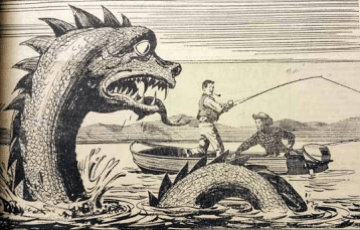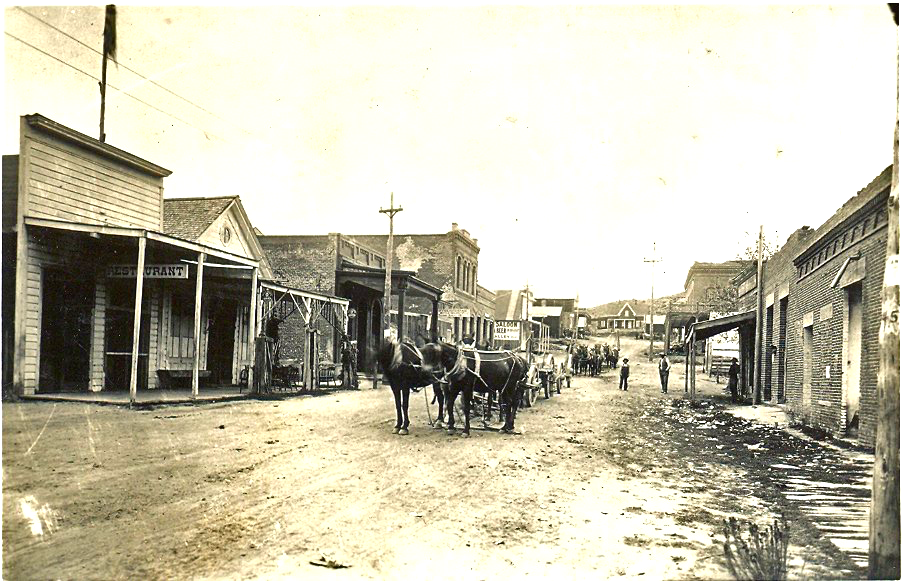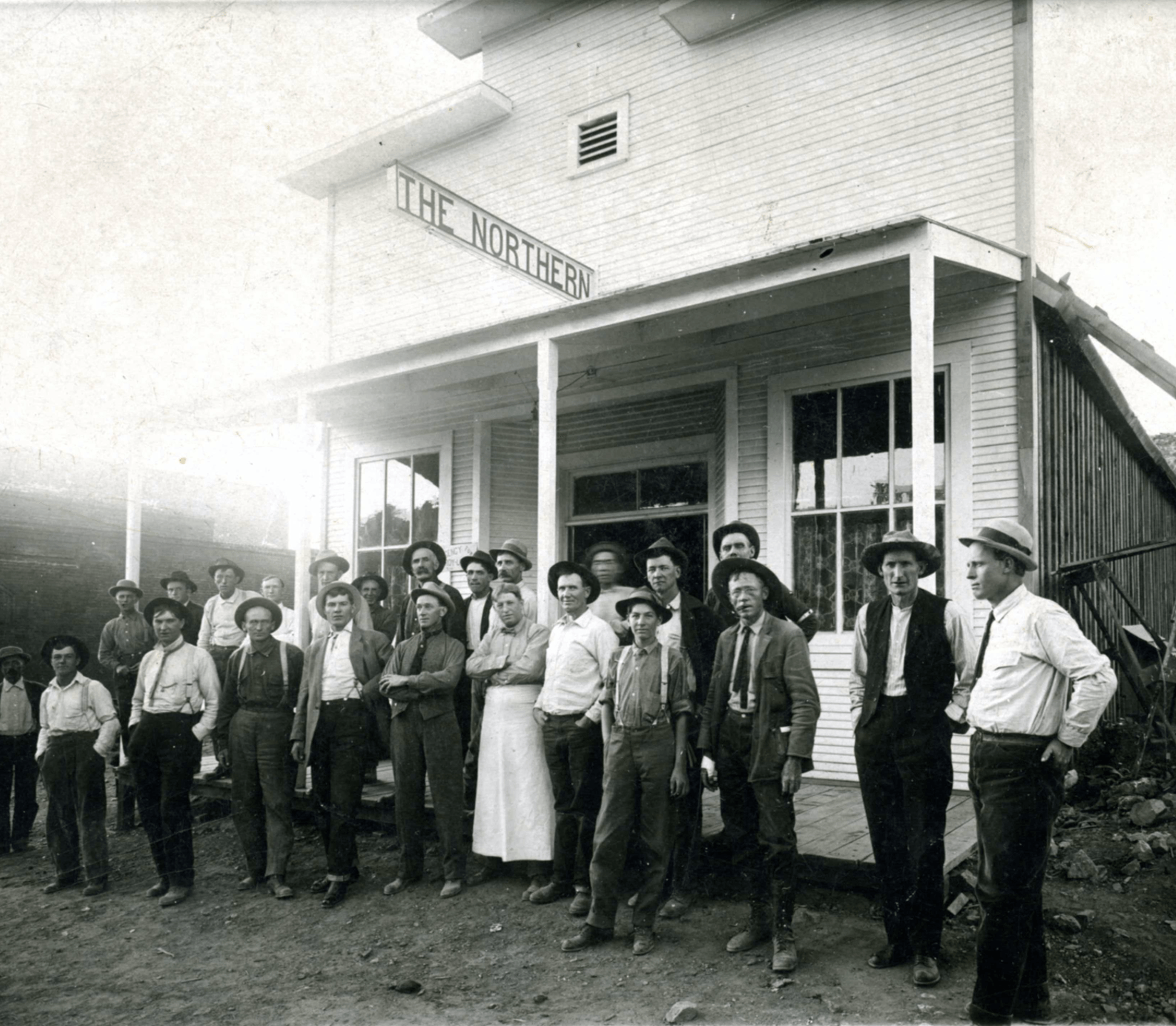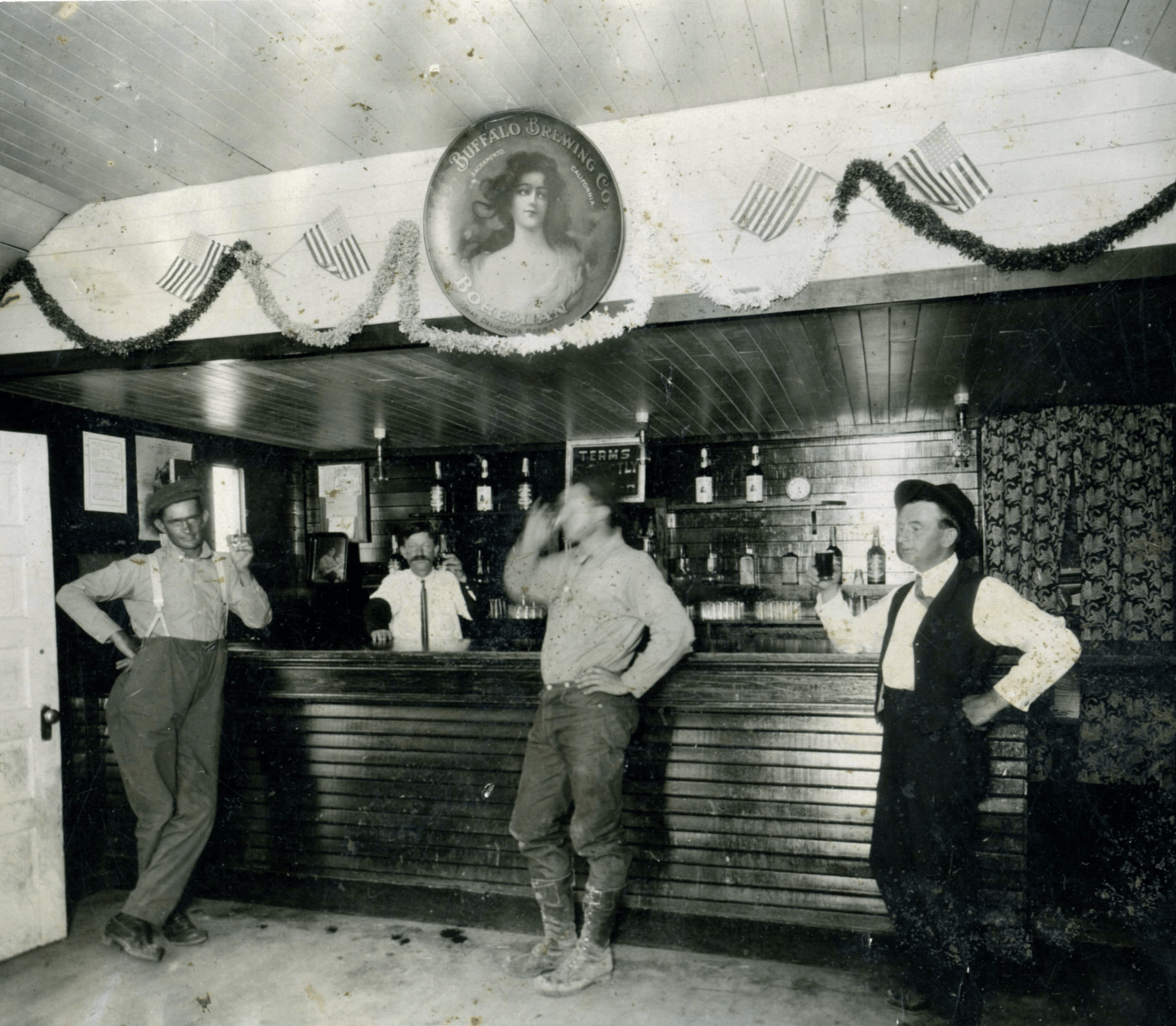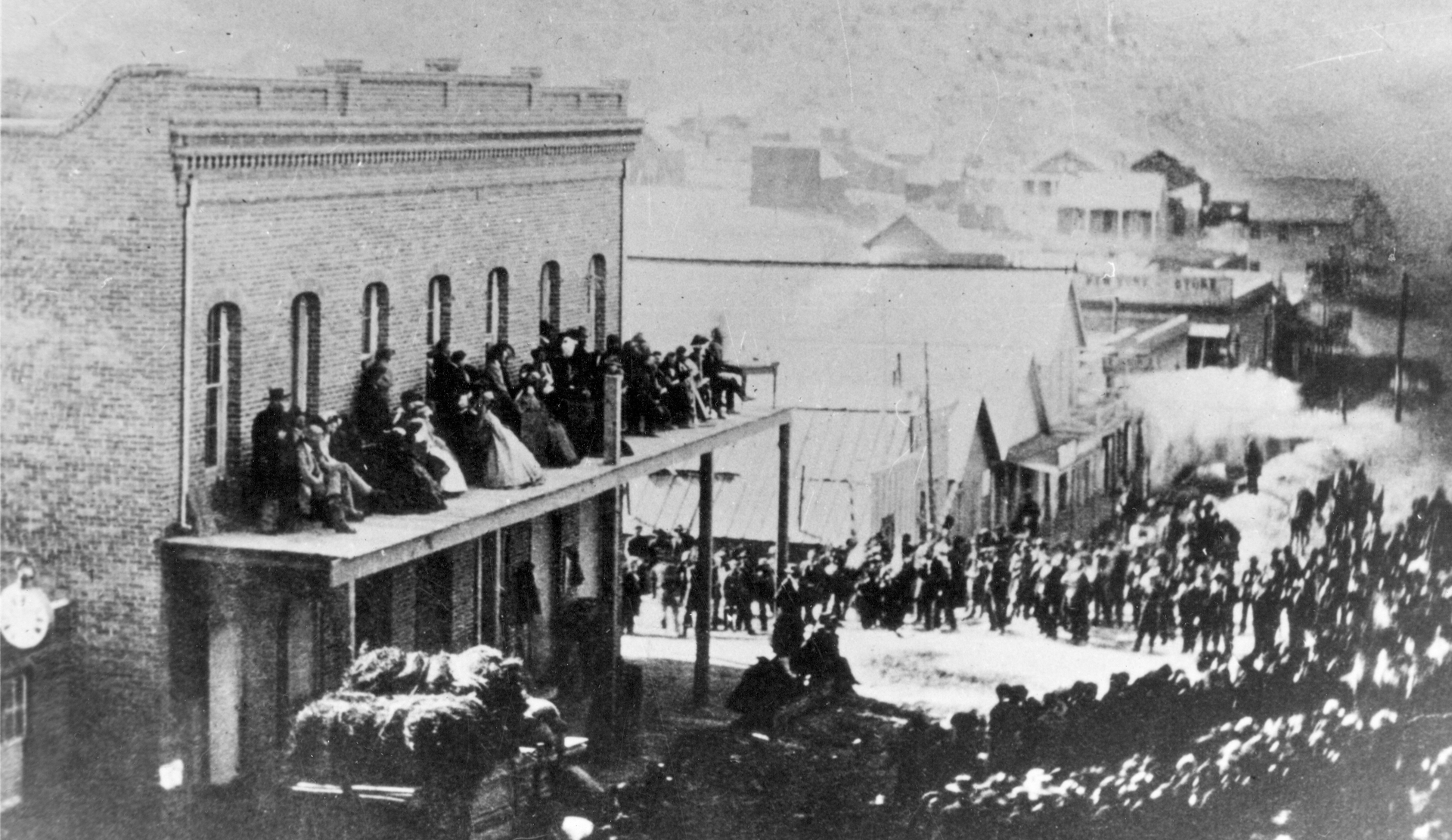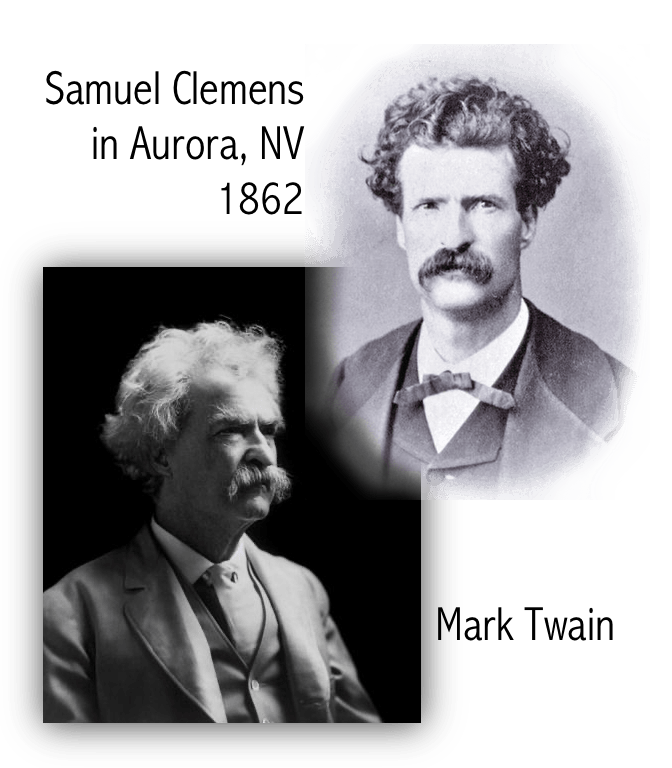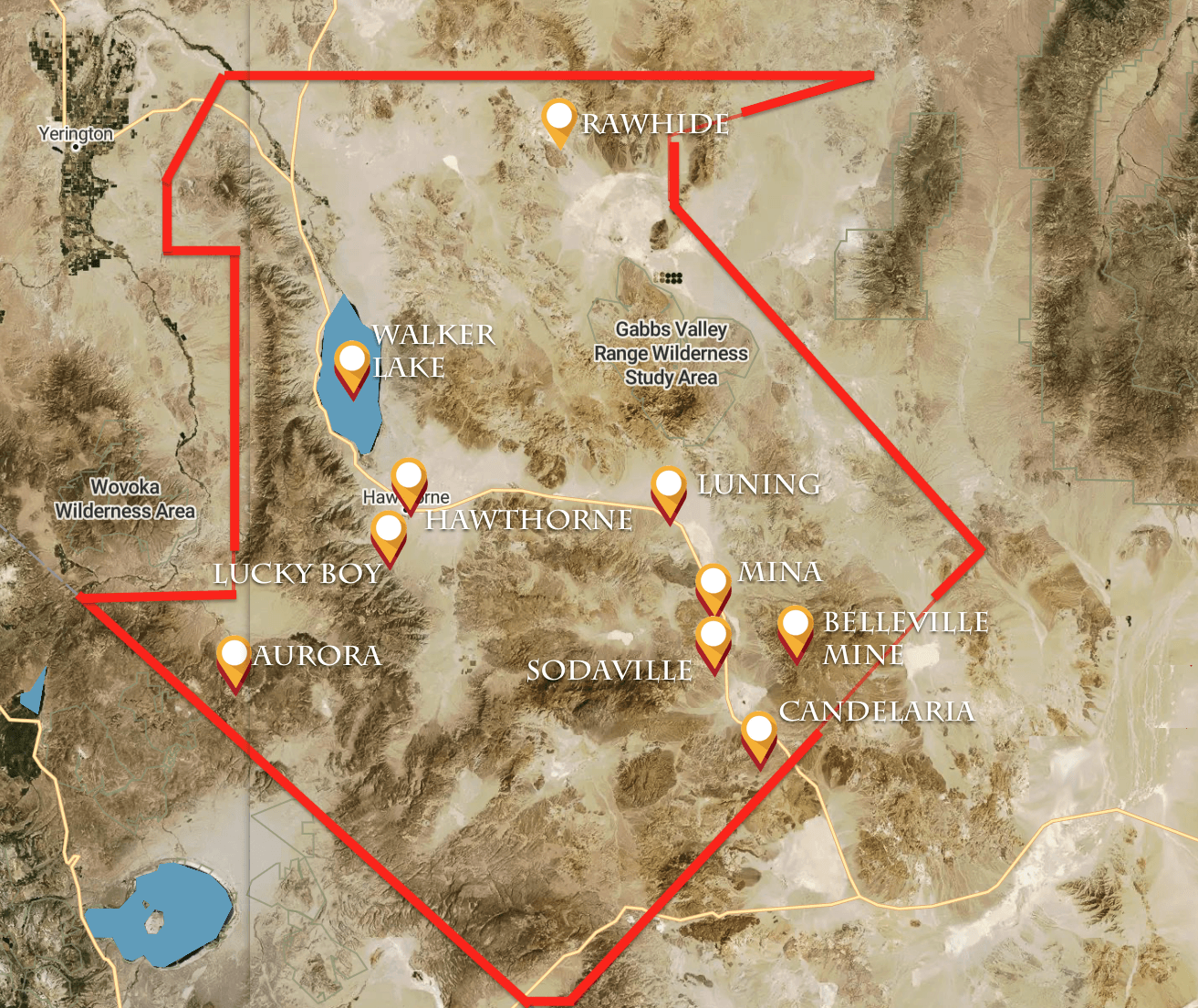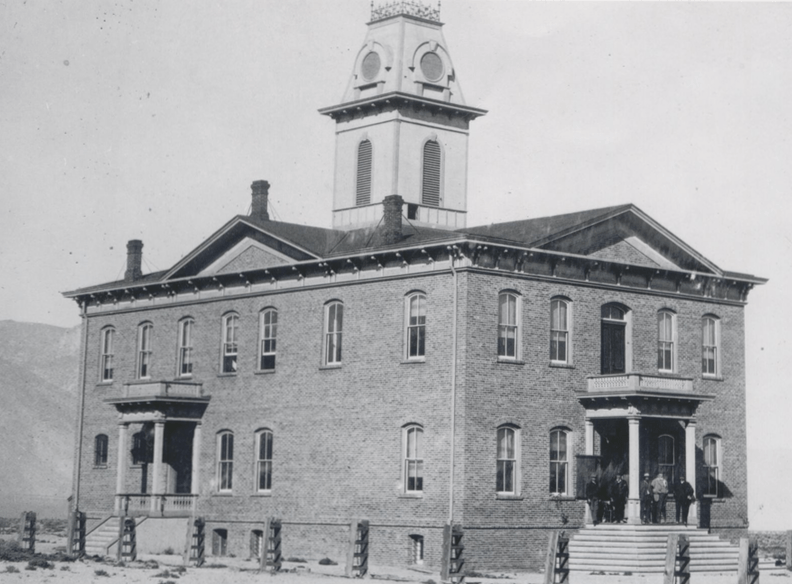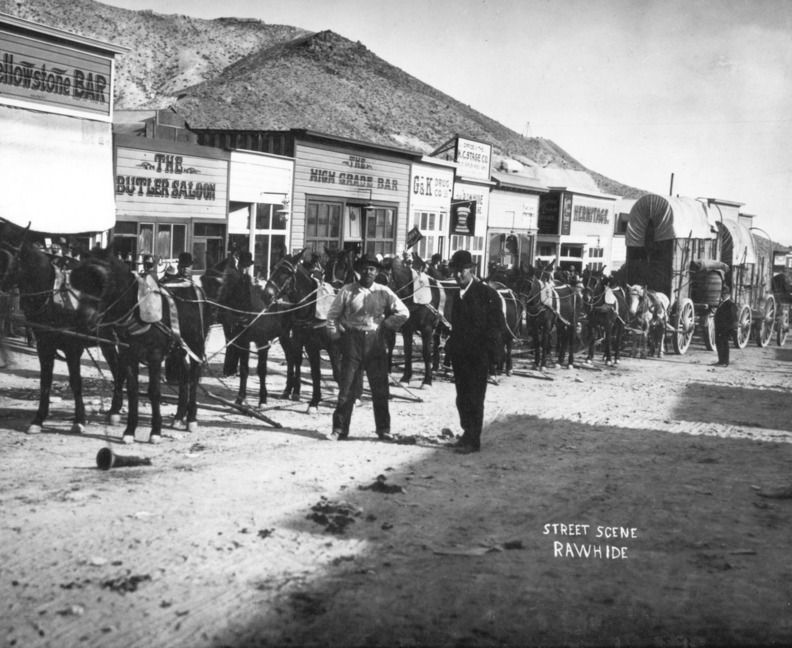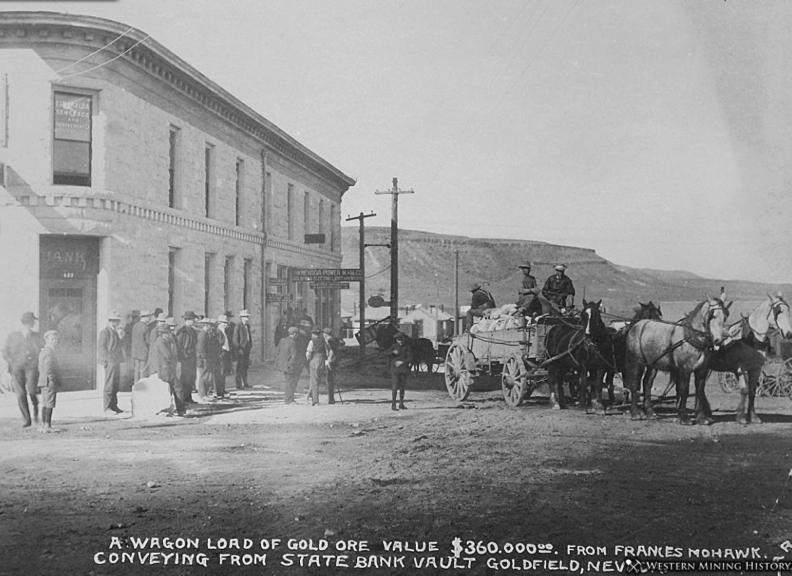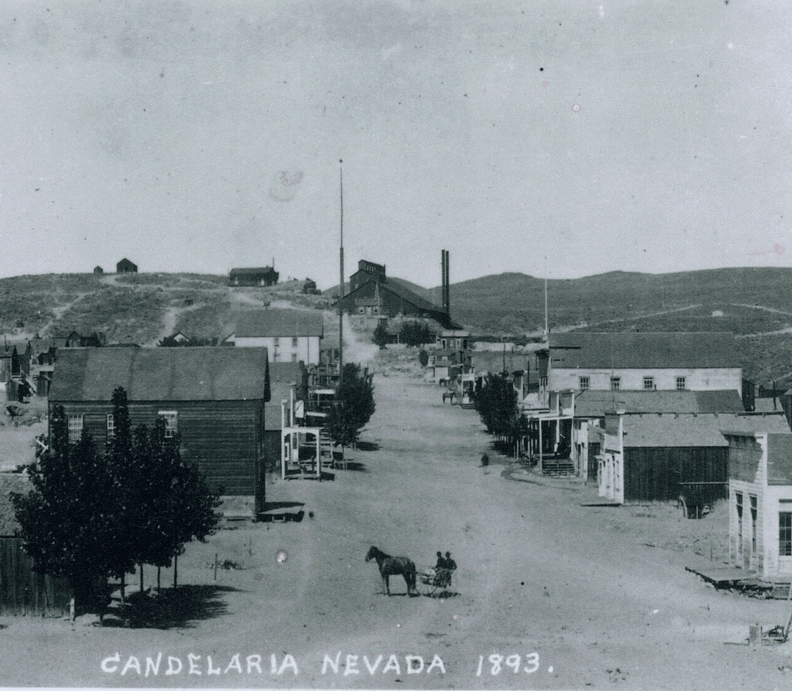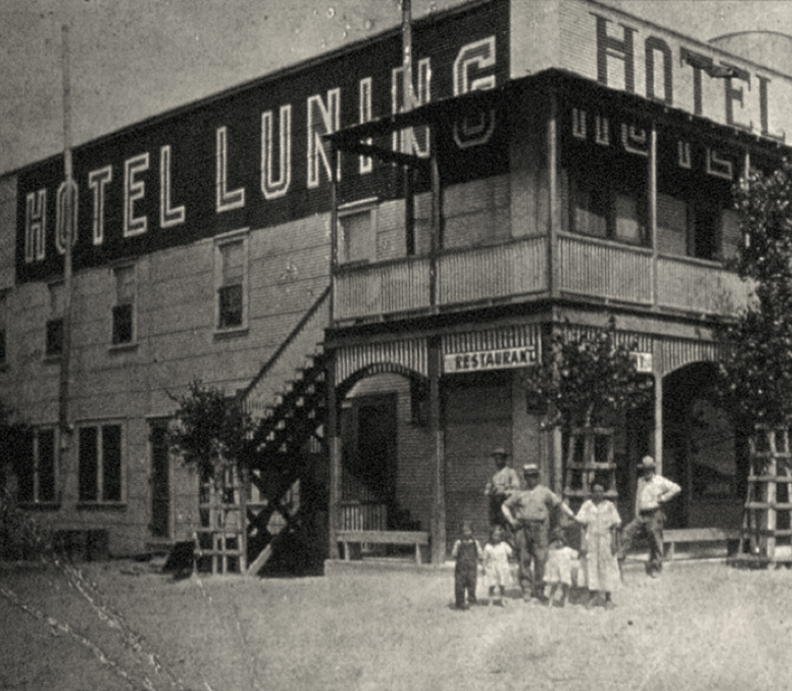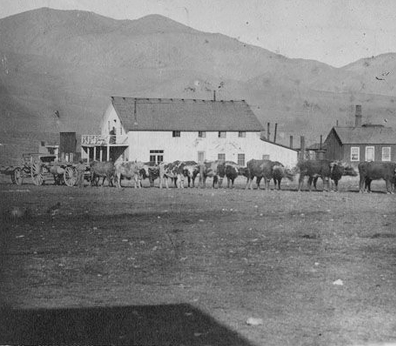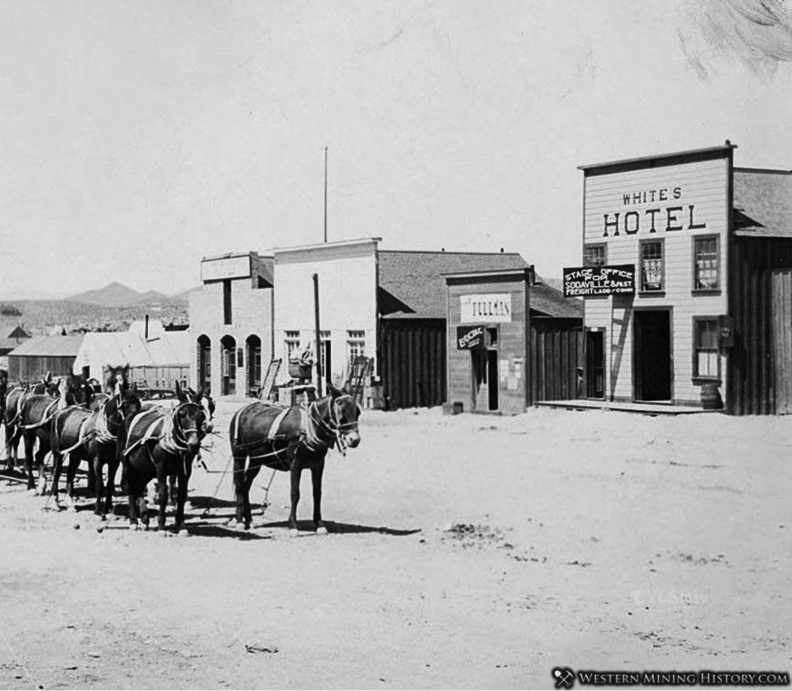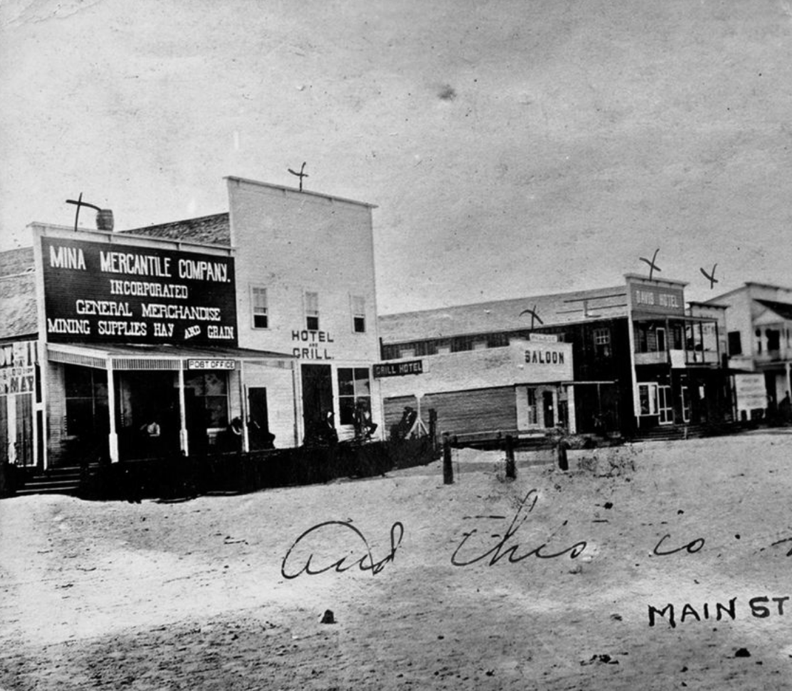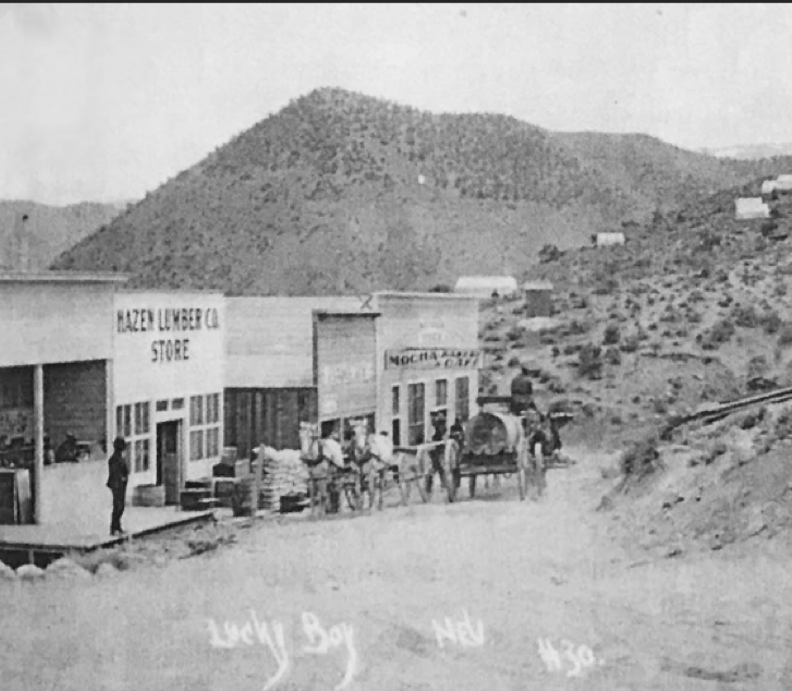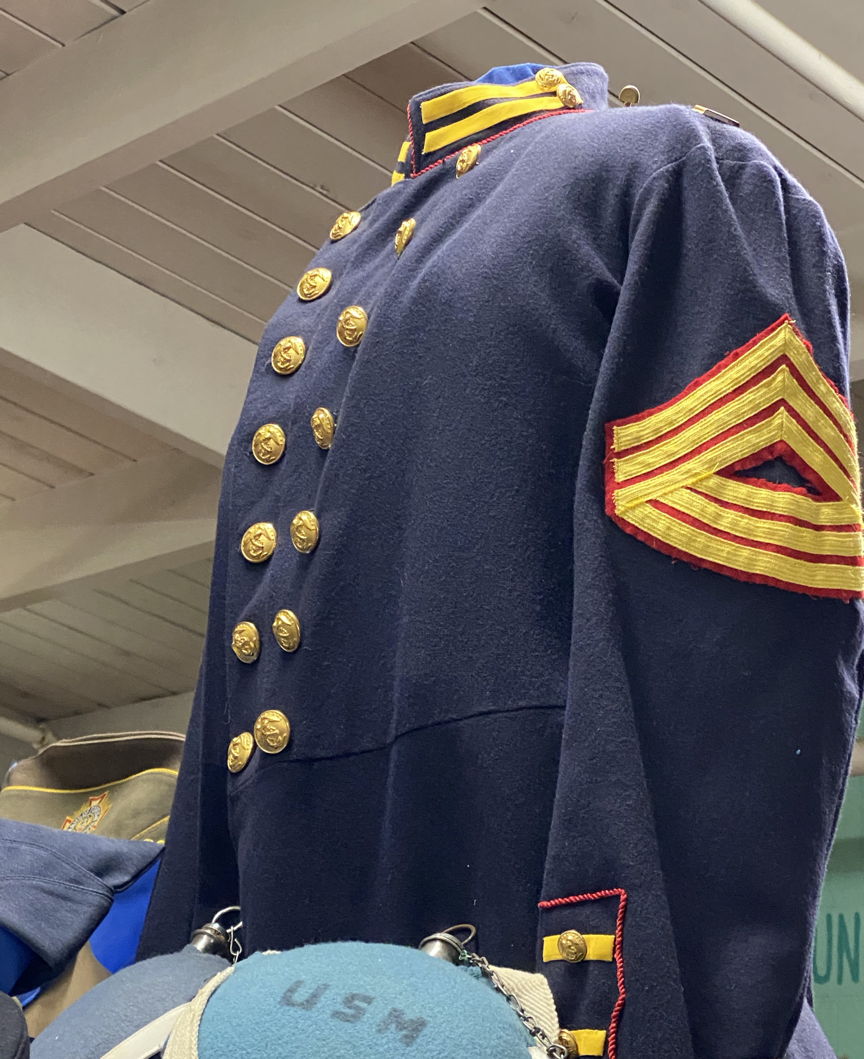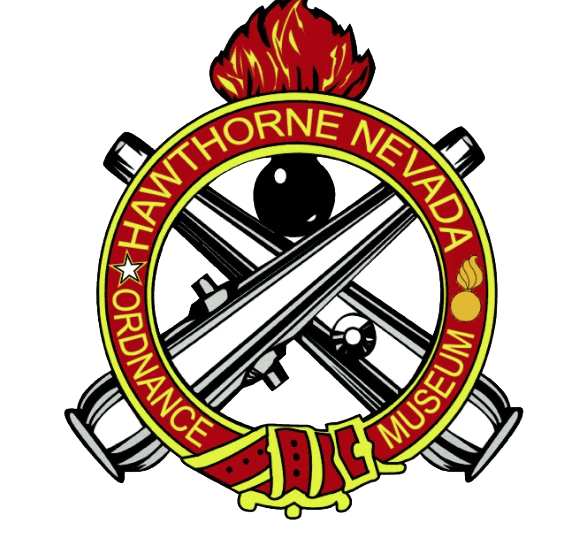WELCOME TO THE WILD WEST AS IT WAS
EXPLORE THE WORLDS OF GOLD MINES AND BOOM TOWNS
Mineral County
Museum
The Mineral County Museum is located at 400 Tenth Street, Hawthorne, Nevada. It has over 15,000 square feet of display space. The collection includes antique clothing, mining equipment, minerals, documents, photographs, horse-drawn carriages, and fire equipment from the 17th to early 18th century. A must-stop in Northern Nevada!
Normal Hours of Operation
11:00 am to 4:00 pm Monday-Saturday
Call to Verify Hours Due to Covid
(775) 945-5142
11
Mineral County's Rich History
Actually you could say that we were once part of Western Utah Territory because gold was discovered at Aurora in 1860 one year before the Territory of Nevada was formed. But most of our written history starts in 1861 when the miners of all types began to arrive in Aurora looking to strike it rich. Aurora was such a rich area that both Nevada and California claimed it for their own. This lead to a great deal of confusion when Aurora was the County Seat of Mono County California and Esmeralda County Nevada Territory at the same time. But when the dust finally settled Aurora was found to be in Nevada and went on to be one of the wildest towns in the wild west.
Memories Oral History
Allen and Carl Conelly 1990 interview. Remembering Hawthorne from the 1920's forward.
Our Original Inhabitants
While most people think of 1861 as the start of our local history it is far from the beginning.
What is now called Walker Lake, just outside of Hawthorne, Nevada, has long been the home of the "Agai Ducutta Numa" members of the Paiute tribe who's name means Trout Eater People. They called the Lake, Agai Ticatta, or Trout Lake. Another earlier influence were Spanish Miners who traveled this way from Mexico in the early 1800's. At the Mineral County Museum you can see a collection of Mission Bells that were found buried in the ground about 15 miles southeast of Hawthorne, NV.
The Legend of "Cecil" the Sea Serpent
The legend of the Sea Serpent in Walker Lake, called Tawago, started with the local Piute Tribe, and has been handed down ever since. There are many stories about the sighting of the Serpent. He has been said to live in a cave at the bottom of Mount Grant. Over the years locals of Hawthorne have reported many sightings of the sea monster, starting in 1883. In 1949 a cartoon called, Beany and Cecil, was created and from that point forward, local Hawthorne residents nicknamed him Cecil the Sea Serpent. Let us know if you catch a sighting when you visit the Lake.
AURORA: GOLD, RICHES, AND MAYHEM!
Aurora, Nevada was what we think of when considering "the real wild west." In 1860 gold was discovered in Aurora, 30 miles southwest of present day Hawthorne, Nevada. For a while both Nevada and California claimed that the rich gold fields of Aurora belonged in their state. Both states made Aurora the county seat for a new county, Mono County California and Esmeralda County Nevada. This led to great confusion during the next presidential election as citizens could vote at the Nevada polls then walk down the street and vote again at the California polls. This situation continued for over two years.
The Daly Gang of thugs operated out an Aurora, Nevada saloon between the years of 1862 to 1864.
Though called the Daly Gang the mastermind behind the group was actually "Three-Fingered Jack" McDowell who, along with John Daly, operated a saloon which quickly became known as a place where beatings, gunfights, mayhem, and murder were the norm. McDowell, Daly and two other men named William Buckley and Jim Masterson, bullied the town and cheated any card players that were foolish enough to frequent McDowell’s saloon. If a customer complained about the bullies or the underhandedness of the establishment, the gunmen simply took matters into their own hands. The outlaws terrorized the Nevada gold fields between Aurora and Carson City, using scare tactics known as “criminal vigilantism,” lynching anyone who resisted.
They operated without interference until the gang murdered a man named William R. Johnson on February 1, 1864, who had killed one of their associates named Jim Sears when he was attempting to steal a horse the previous year. Slitting Johnson’s throat and setting him on fire, they left the gruesome site for all to see. When one law-abiding citizen threatened to tell the local authorities the identities of the killers, the ruffians took quick action, cut the throat of the would-be informer and then threw the body of the man into the muddy street to rot. Fed up, the horror-stricken citizens soon formed a vigilante group and attacked McDowell’s saloon on February 5, 1864. Dragging McDowell, Daly, Buckley, and Masterson from the saloon, they locked them up while they quickly constructed a gallows. A short time later, all four men were hanged outside Armory Hall in Aurora
LegendsofAmerica.com
Washington's Birthday, Aurora, NV 1864
Samuel Clemens | Mark Twain
Samuel Clemens arrived in Carson City, Nevada Territory in 1861 with his brother, Orion. They traveled by overland stage from St. Joseph, Missouri. Sam had lost his job as a riverboat pilot on the Mississippi River due to the Civil War. Together they started buying shares of mining companies in the Esmeralda Mining District. The largest town in the District was Aurora, where Sam soon found himself working some of his claims himself, believing (like thousands of others) that that they would strike it rich. Like many of the others, however, he soon found out that most of the mines were worthless. He even worked briefly at a stamp mill (crushing ore), but he soon found that he couldn't make a living as a miner.
We lived in a little cabin and cooked for ourselves; and altogether it was a hard life, though a hopeful one.
-Mark Twain, Roughing It
After only about a week, Samuel wrote his brother to ask for writing materials. Soon Sam began sending stories about a miner's life in Aurora under the pen name "Josh" to the editor of the Virginia City Territorial Enterprise. It didn't take long for Sam to be offered a job at the newspaper. His humorous articles about the Comstock's "flush times" were a hit throughout Nevada and California. It was here that he first began signing his work, Mark Twain, which refers to a shallow depth from his riverboat days. Five years later, after traveling throughout the gold country of Nevada and California he wrote, The Celebrated Jumping Frog of Calaveras County, and his career was launched. See the picture above of his friend, Bob Howland (far left) in front of a crude cabin in Aurora.
US MILITARY AMMUNITION DEPOT & THE CCC
Hawthorne Naval Ammunition Depot commenced construction in July 1928 and NAD received the first shipment of high explosives in October 1930. As the US entered the Second World War, Hawthorne became a test range and facility for rockets, bombs and ammunition needed for the war. Nearly 6,000 people worked at Hawthorne in 1945, and it occupied 104 square miles under the Navy. Much of the land was declared excess and turned over to the Bureau of Land Management after the war. The Depot served as an important ammunition center throughout the Korean War and Vietnam War.
In 1980, the depot was redesignated and became a government-owned facility that would be operated by civilian contractors. The name was changed to Hawthorne Army Depot in 1994.
Civilian Conservation Corps. On April 5, 1933, during the Great Depression, men between the ages of 18-25 enrolled in the newly formed Civilian Conservation Corps (CCC). These young men and WWI veterans left their cities and rural homes for an opportunity to find work during a time when money and jobs were scarce. Under the direction of President Franklin D. Roosevelt, these men worked long, hard, but honest hours doing outdoor work. Six months after the founding of the CCC, Company 1915 arrived in Hawthorne, and those who could be spared from setting up the camp went directly to work building reservoirs, and roads. These roads were critical to access and bring fresh drinking water to the town of Hawthorne.

